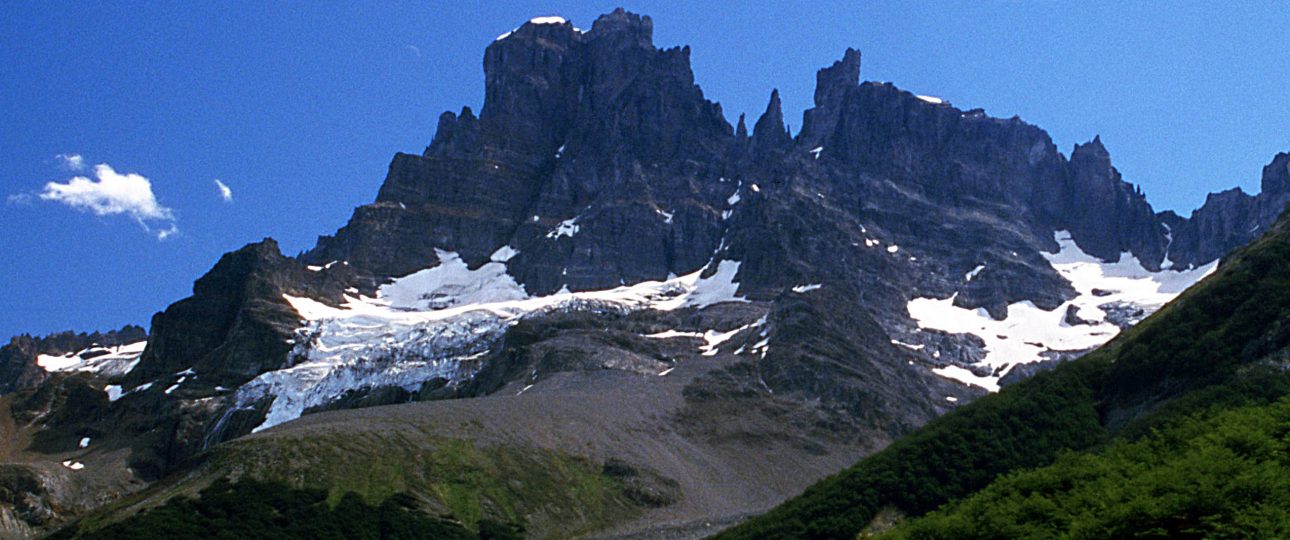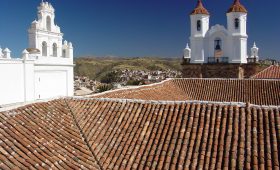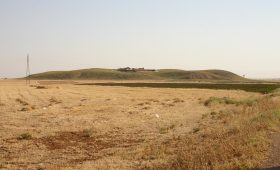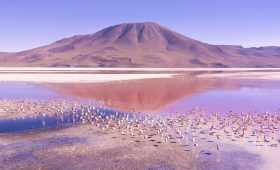Cerro Castillo National Park: A Journey Through Chile’s Untamed Wilderness
Location and Overview
Located in the Aysén region of southern Chile, Cerro Castillo National Park spans over 1,800 square kilometers. This protected area is known for its rugged mountains, pristine lakes, and dense forests. The park is named after the iconic Cerro Castillo mountain, which rises to an elevation of 2,675 meters. As a relatively untouched destination, it offers solitude and tranquility for those seeking an escape into nature.
Unique Features
Cerro Castillo National Park stands out for several reasons:
- Stunning Landscapes: The park’s landscapes are diverse and breathtaking. From snow-capped peaks to turquoise lakes, each view is more captivating than the last.
- Rich Biodiversity: The park is a haven for wildlife enthusiasts. It is home to endangered species like the South Andean deer and notable birds such as the Andean condor and black-chested buzzard eagles. The flora includes lenga and ñirre trees, with some evergreen species like the coigüe de Magallanes.
- Cultural and Conservation Significance: The park is part of the National Huemul Corridor, a conservation initiative aimed at reestablishing the huemul deer population. This effort is supported by Rewilding Chile and CONAF, highlighting the park’s role in preserving Chile’s natural heritage.
Best Time to Visit
The optimal time to explore Cerro Castillo National Park is from November to March. During these months, the weather is milder, and the days are longer, providing better conditions for hiking and exploration. However, be prepared for unpredictable mountain weather, including occasional rain showers.
Getting There
Reaching Cerro Castillo National Park requires some planning, but the journey is rewarding. Here’s how to get there:
- By Air: The closest major airport is Balmaceda Airport, about 200 kilometers from the park. From there, you can rent a car or take a bus to the park. Alternatively, fly into Santiago and catch a domestic flight to Balmaceda.
- By Bus: Regular bus services run from major Chilean cities to Coyhaique, the gateway to the park. From Coyhaique, local buses or taxis can take you to the park.
- By Car: For those who enjoy road trips, renting a car is a great option. The drive from Coyhaique takes approximately three hours and offers stunning views along the way.
Local Transportation
Once you arrive at Cerro Castillo National Park, consider these options for getting around:
- Hiking: The park is best explored on foot. Numerous well-marked trails cater to different skill levels. Ensure you have sturdy hiking boots, a map, and plenty of water.
- Horseback Riding: Experience the park from a different perspective by joining a horseback riding tour. Local guides offer scenic rides that allow you to cover more ground while enjoying the landscape.
- Taxi: Taxis are available in nearby towns, but they can be expensive. Use them sparingly for convenience.
Summary of Facts
- Features diverse landscapes with snow-capped mountains and turquoise lakes.
- Home to a variety of flora and fauna, including endangered species like the South Andean deer.
- Part of the National Huemul Corridor, a key conservation initiative.
- Best visited from November to March for favorable weather conditions.
- Accessible via Balmaceda Airport or a scenic drive from Coyhaique.
- Local transportation includes hiking, horseback riding, and taxis.




